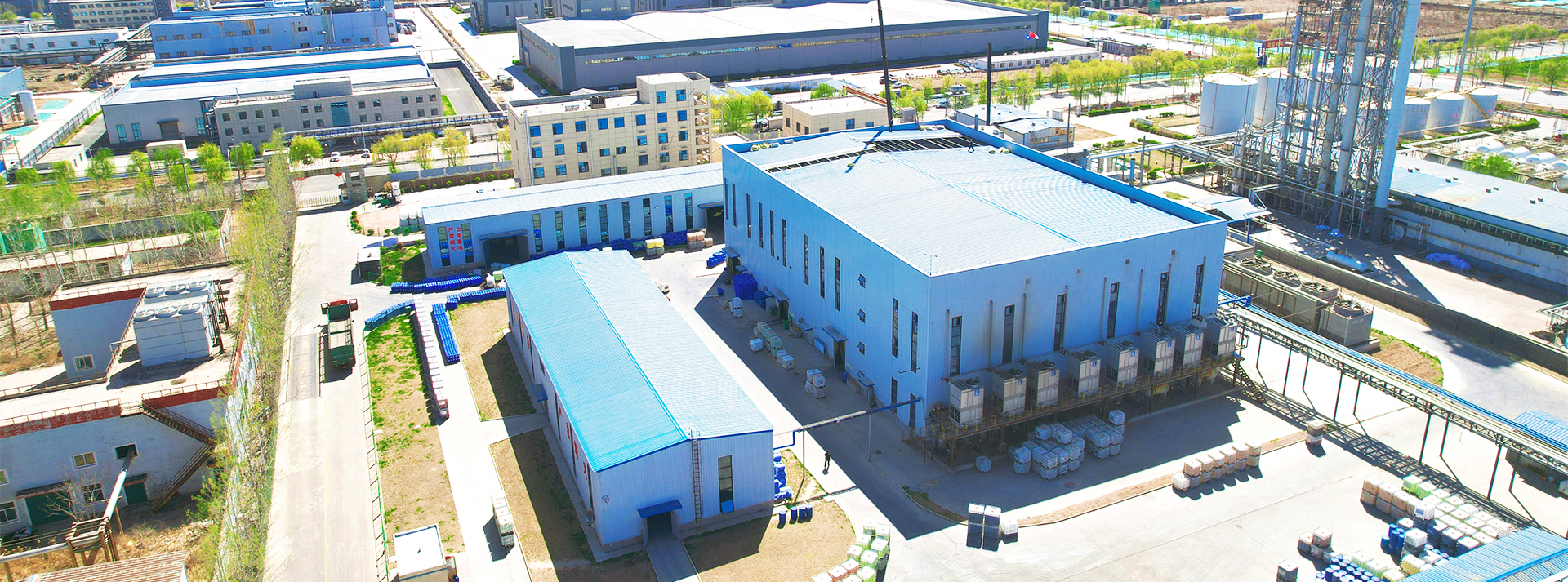Effective Flocculation Chemicals for Enhanced Water Treatment and Improved Purification Processes
The Role of Flocculation Chemicals in Water Treatment
Water treatment is an essential process that ensures safe and clean water for consumption, agriculture, and industrial purposes. Among the various methods employed in the purification of water, flocculation plays a critical role in removing suspended particles, colloids, and impurities. The effectiveness of this process largely depends on the use of flocculation chemicals, which help in aggregating and settling these particles, ultimately leading to clearer and safer water.
Flocculation is a physical-chemical process in which fine particulates are agglomerated into a floc, or flake, that can then be easily removed from the liquid through sedimentation or filtration. To achieve this, flocculation chemicals are introduced into the water. These chemicals can be categorized into several groups, including coagulants, flocculants, and additional agents that enhance the flocculation process.
Coagulants are the first line of defense in the flocculation process. They neutralize the charges on suspended particles, allowing them to come together and form larger aggregates. Common coagulants include aluminum sulfate (alum), ferric chloride, and polyaluminum chloride. These agents reduce the electrostatic repulsion between particles, making it easier for them to clump together. For example, alum is widely used due to its effectiveness and cost-efficiency; it can remove up to 90% of turbidity in water.
Once the coagulants have been added, the next step is the introduction of flocculants. Flocculants are typically polymers that provide additional bridging between the particles, allowing them to form larger flocs. They work by increasing the size and weight of the floc, facilitating its sedimentation during the later stages of the water treatment process. Common flocculants include polyacrylamide and various natural polysaccharides. The choice of flocculant can greatly impact the efficiency of the flocculation process, as different polymers exhibit varying behaviors in different water chemistries.
water treatment flocculation chemicals

In addition to coagulants and flocculants, there are additional agents that can enhance the flocculation process. These might include pH adjusters, such as lime or sodium hydroxide, which can optimize the conditions under which flocculation occurs. By adjusting the pH of the water, the solubility of certain impurities can be changed, thus improving their removal.
The benefits of using flocculation chemicals in water treatment are manifold. By effectively removing turbidity and suspended solids, flocculation contributes to improved water quality, making it safe for drinking and other uses. Additionally, it can significantly reduce the color and odor of the water, enhancing its visual appeal and palatability. Furthermore, the use of these chemicals can lead to cost savings in downstream processes, such as filtration and disinfection, by alleviating the burden on these systems.
However, the use of flocculation chemicals must be carefully managed. Overdosing can lead to the formation of excessive sludge, which may complicate subsequent treatment processes. Moreover, the residual chemicals must be monitored, as they can potentially have adverse environmental and health effects if not properly managed. Thus, water treatment facilities must conduct thorough testing and adhere to regulatory standards to ensure the safety and efficacy of their water treatment processes.
In conclusion, flocculation chemicals are vital tools in the water treatment process, enhancing the removal of particles and impurities to produce cleaner water. Their strategic use, alongside careful management, ensures effective treatment that protects public health and the environment. As water scarcity and quality challenges persist globally, the importance of such chemical agents will continue to grow, making research into their application and optimization increasingly critical.
-
Water Treatment with Flocculant Water TreatmentNewsJun.12,2025
-
Polymaleic AnhydrideNewsJun.12,2025
-
Polyaspartic AcidNewsJun.12,2025
-
Enhance Industrial Processes with IsothiazolinonesNewsJun.12,2025
-
Enhance Industrial Processes with PBTCA SolutionsNewsJun.12,2025
-
Dodecyldimethylbenzylammonium Chloride SolutionsNewsJun.12,2025





